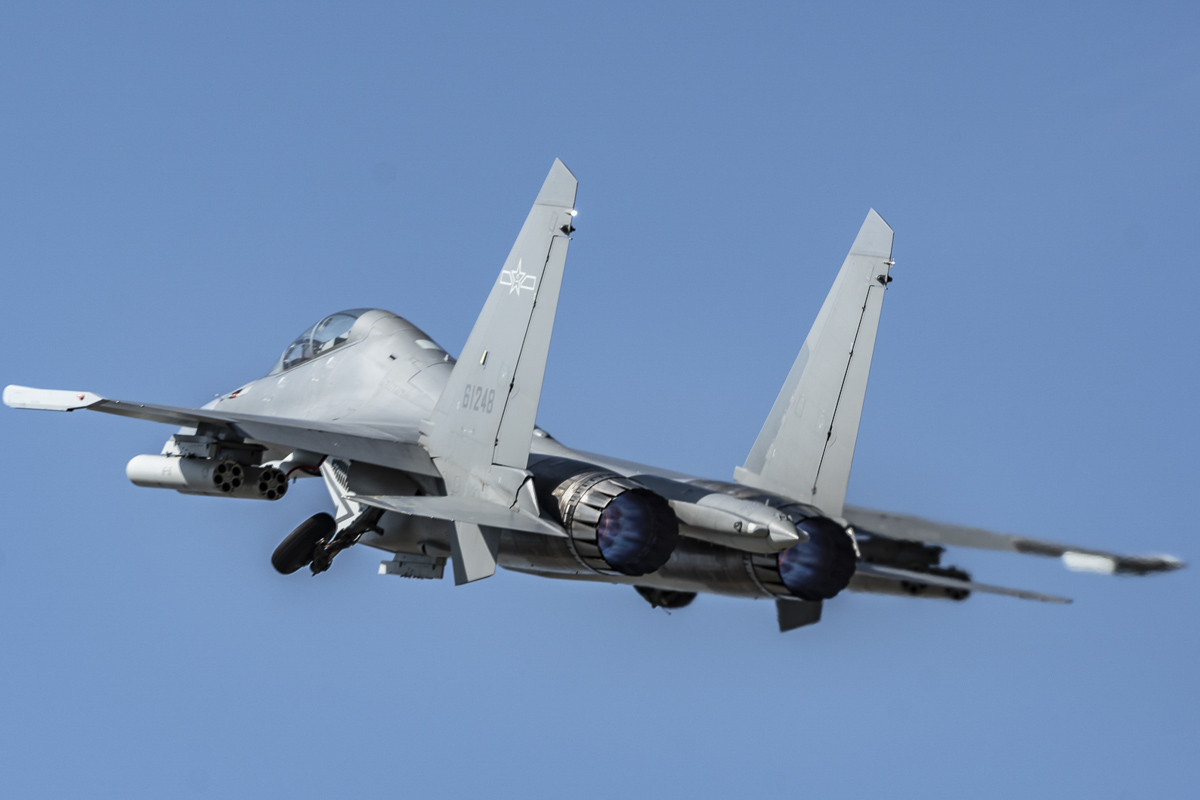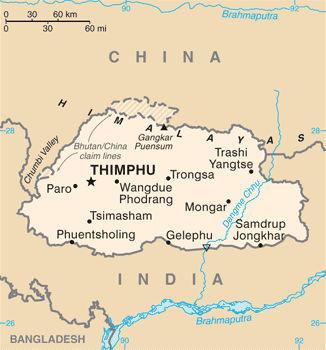|
Gunsa Airport
Ngari Günsa Airport , also known as Shiquanhe Airport is a dual-use military and civil airport serving the town of Shiquanhe in Ngari Prefecture, between Gar Chongsar and Sogmai, Günsa Township, Ngari Prefecture, Tibet Autonomous Region. It started operations on 1 July 2010, becoming the fourth civil airport in Tibet after Lhasa, Nyingchi, and Qamdo airports.''Tibet's fourth civil airport opens'' Situated at above sea level, Gunsa Airport is the fourth highest airport in the world after [...More Info...] [...Related Items...] OR: [Wikipedia] [Google] [Baidu] |
Shiquanhe
Shiquanhe (), known in Tibetan as Sênggêkanbab () or Sênggêzangbo, is the main town and administrative seat of Ngari Prefecture, Tibet Autonomous Region, China. Shiquanhe is located on the bank of Sênggê Zangbo, the source stream of the Indus River, close to its confluence with the Gartang River. Name This modern Chinese-built town is named after the Sengge Zangbo river, the main headwater of the Indus River, on whose banks it is located. It is called "Sengge Zangbo" or "Sengge Khabab" in Tibetan and "Shiquanhe" in Chinese. Being the headquarters of Ngari Prefecture (which is known in Chinese under the Sinicized form of its name, Ali Prefecture), the town is also commonly known in English as Ngari or Ali () Town; this is what many guidebooks use as the primary name for the town. In Tibetan, Ngari is only the name for the prefecture, and not the town. Being the county seat of the Gar County, it is also referred to as Gar (). it may be labeled that way on maps.E.g. Des ... [...More Info...] [...Related Items...] OR: [Wikipedia] [Google] [Baidu] |
Mount Kailash
Mount Kailash (also Kailasa; ''Kangrinboqê'' or ''Gang Rinpoche''; Standard Tibetan, Tibetan: གངས་རིན་པོ་ཆེ; ; sa, कैलास, ), is a mountain in the Ngari Prefecture, Tibet Autonomous Region of China. It has an altitude of . It lies in the Gangdise Shan, Kailash Range (Gangdisê Mountains) of the Transhimalaya, in the western part of the Tibetan Plateau. Mount Kailash is less than 100 km towards the north from the western trijunction of the borders of China, India, and Nepal. Mount Kailash is located close to Lake Manasarovar and Lake Rakshastal. The sources of four major Asian rivers lie close to this mountain and the two lakes. These rivers are the Indus River, Indus, the Sutlej, the Brahmaputra River, Brahmaputra, and the Karnali River, Karnali (a tributary of the Ganges). Mount Kailash is considered sacred in four religions: Hinduism, Buddhism, Jainism and Bon. Etymology The mountain is known as “'” (; var. ' ) in Sanskrit. The nam ... [...More Info...] [...Related Items...] OR: [Wikipedia] [Google] [Baidu] |
Xi'an Xianyang International Airport
Xi'an Xianyang International Airport is the main airport serving Xi'an, Shaanxi Province, as well as the whole Guanzhong area. Covering an area of , it is the largest airport in Northwest China, and the second largest airport in Northern China. The airport was the hub for China Northwest Airlines until the company was merged into China Eastern Airlines in 2002. Xi'an Airport is also the hub for Joy Air and Hainan Airlines. Xi'an Xianyang International Airport is a Skytrax 4-star airport. In 2018, the airport handled 44,650,000 passengers, making it the busiest airport in northwest China. It is the ninth busiest airport nationwide. Xi'an Xianyang International Airport was also the nation's 9th busiest airport in terms of cargo traffic and the 7th busiest airport by traffic movements. Location The airport is located within the administrative area of Xianyang city, which gives the airport its name. It is northwest of Xi'an city centre, and northeast of the centre of Xian ... [...More Info...] [...Related Items...] OR: [Wikipedia] [Google] [Baidu] |
Kashgar Airport
Kashgar Airport (; ug, قەشقەر ئايروپورتى, Қәшқәр Айропорт) , also known as Kashi Airport, is a dual-use military-civilian airport serving Kashgar (also known as Kashi), a city in Uyghur autonomous region of Xinjiang in the People's Republic of China. The airport opened on 10 March 1954. In 2006 the first international flights started. Facilities The airport resides at an elevation of above mean sea level. It has one runway designated 08/26 with a concrete surface measuring , suitable for serving aircraft such as the Boeing 747-400. The terminal has an area of and has 8 gates. Airlines and destinations Cargo See also *List of airports in the People's Republic of China This is a list of public airports in the People's Republic of China grouped by provincial level division and sorted by main city served. It includes airports that are being built or scheduled for construction, but excludes defunct airports and ... Footnotes External l ... [...More Info...] [...Related Items...] OR: [Wikipedia] [Google] [Baidu] |
China Eastern Airlines
China Eastern Airlines Corporation Limited (), also known as China Eastern, is an airline headquartered in the China Eastern Airlines Building, on the grounds of Shanghai Hongqiao International Airport in Changning District, Shanghai. It is one of the "Big Three" airlines (alongside Air China and China Southern Airlines) of the People's Republic of China, operating international, domestic and regional routes. Hongqiao airport, along with the larger Shanghai Pudong International Airport, are China Eastern's main hubs, with secondary hubs in Beijing Daxing, Kunming, and Xi'an. It is the second largest airline in China, in terms of passenger traffic, after China Southern Airlines. In 2021, its operation revenue is 67,127 million RMB. Its total asset is 286,548 million RMB. China Eastern and its subsidiary Shanghai Airlines became the 14th member of SkyTeam on 21 June 2011. The parent company of China Eastern Airlines Corporation Limited is China Eastern Air Holding Company. ... [...More Info...] [...Related Items...] OR: [Wikipedia] [Google] [Baidu] |
Pangong Tso
Pangong Tso or Pangong Lake (; ; hi, text=पैंगोंग झील) is an endorheic lake spanning eastern Ladakh and West Tibet situated at an elevation of . It is long and divided into five sublakes, called ''Pangong Tso'', ''Tso Nyak'', ''Rum Tso'' (twin lakes) and ''Nyak Tso''. Approximately 50% of the length of the overall lake lies within Tibet in China, 40% in Ladakh, India and the remaining 10% is disputed and is a de-facto buffer zone between India and China. The lake is wide at its broadest point. All together it covers almost 700 km2. During winter the lake freezes completely, despite being saline water. It has a land-locked basin separated from the Indus River basin by a small elevated ridge, but is believed to have been part of the latter in prehistoric times. Names Historically, the lake is viewed as being made up five sublakes, which are connected through narrow water channels. The name ''Pangong Tso'' only applied to the westernmost lake that ... [...More Info...] [...Related Items...] OR: [Wikipedia] [Google] [Baidu] |
Shenyang J-11
The Shenyang J-11 (Chinese: 歼-11; NATO reporting name Flanker-B, -L) is a twin-engine jet fighter of the People's Republic of China whose airframe is derived from the Soviet-designed Sukhoi Su-27. It is manufactured by the Shenyang Aircraft Corporation (SAC). The aircraft is operated by the People's Liberation Army Air Force (PLAAF) and the People's Liberation Army Naval Air Force (PLANAF). Development Proposed J-11 In the 1970s, the PLAAF initiated a project to develop a replacement for its MiG-19s. The Shenyang Aircraft Factory proposal, designated J-11, was a new light fighter powered by the British Rolls-Royce Spey 512 engine, with better maneuverability than the MiG-19 and better climb rate than the MiG-21. The project was abandoned due to difficulties in obtaining the engines. Background: purchase of the Su-27 China is the first foreign operator of the Su-27 and the only country to acquire the fighter before the Fall of the Soviet Union. The deal, known as the '906 Pr ... [...More Info...] [...Related Items...] OR: [Wikipedia] [Google] [Baidu] |
Shenyang J-16
The Shenyang J-16 (Chinese: 歼-16) is a Chinese advanced fourth-generation, tandem-seat, twinjet, multirole strike fighterBronk, page 38 developed from the Shenyang J-11 (itself derived from the Sukhoi Su-27) and built by Shenyang Aircraft Corporation. It is operated by the People's Liberation Army Air Force (PLAAF). Design and development In the 1990s, China purchased Sukhoi Su-27 air superiority fighters from Russia, including those license-produced in China as the Shenyang J-11A.Bronk, page 37 The J-11A was further developed into the J-11B single seat and BS twin seat variant with indigenous technology. The J-16 is a strike aircraft derived from the J-11BS model. The J-16 is equipped with an AESA radar and is powered by two Chinese Shenyang WS-10A turbofan engines. Weight is reduced through greater use of composite materials. J-16 units have received radar-absorbent paint to reduce its radar signature, and enhance its Suppression of Enemy Air Defenses (SEAD) capabilit ... [...More Info...] [...Related Items...] OR: [Wikipedia] [Google] [Baidu] |
Doklam
Doklam (), called Donglang () by China, is an area in Bhutan with a high plateau and a valley, lying between China's Chumbi Valley to the north, Bhutan's Haa District, Ha District to the east and India's Sikkim state to the west. It has been depicted as part of Bhutan in the Bhutanese maps since 1961, but it is also claimed by China. The dispute has not been resolved despite several rounds of border negotiations between Bhutan and China. The area is of strategic importance to all three countries. In June 2017 a 2017 China–India border standoff, military standoff occurred between China and India, as China attempted to extend a road on the Doklam plateau southwards near the Doka La pass and Indian troops moved in to prevent further road construction. India claimed to have acted on behalf of Bhutan, with which it has a 'special relationship'. Bhutan has formally objected to China's road construction in the disputed area. Geography The ''Imperial Gazetteer of India'', rep ... [...More Info...] [...Related Items...] OR: [Wikipedia] [Google] [Baidu] |
Shigatse Peace Airport
Shigatse Peace Airport , Shigatse Heping Airport, or Shigatse Air Base, is a dual-use military and civilian airport serving Shigatse, the second largest city in Tibet Autonomous Region, China. It is located in Jangdam Township, from Shigatse. Situated at an elevation of , it is one of the highest airports in the world. Construction of Shigatse Airport started in 1968 and was completed in 1973. It was solely for military use until 2010, when a 532 million yuan expansion was completed. On 30 October 2010, the airport was opened as the fifth civilian airport in Tibet. Facilities The airport has a runway with a asphalt overrun at each end. It is the longest public runway in the world. It also features a terminal building. It is projected to handle 230,000 passengers and of cargo annually by 2020. Post- Doklam crisis, a new runway of approximately was constructed for military purposes. The runway is located at the west-end of its primary runway. Gallery File:Shigatse P ... [...More Info...] [...Related Items...] OR: [Wikipedia] [Google] [Baidu] |
Jainism
Jainism ( ), also known as Jain Dharma, is an Indian religions, Indian religion. Jainism traces its spiritual ideas and history through the succession of twenty-four tirthankaras (supreme preachers of ''Dharma''), with the first in the current time cycle being Rishabhadeva, whom the tradition holds to have lived millions of years ago, the twenty-third ''tirthankara'' Parshvanatha, whom historians date to the 9th century BCE, and the twenty-fourth ''tirthankara'' Mahāvīra, Mahavira, around 600 BCE. Jainism is considered to be an eternal ''dharma'' with the ''tirthankaras'' guiding every time cycle of the Jain cosmology, cosmology. The three main pillars of Jainism are ''Ahimsa in Jainism, ahiṃsā'' (non-violence), ''anekāntavāda'' (non-absolutism), and ''aparigraha'' (asceticism). Jain monks, after positioning themselves in the sublime state of soul consciousness, take five main vows: ''ahiṃsā'' (non-violence), ''satya'' (truth), ''Achourya, asteya'' (not stealing), ''b ... [...More Info...] [...Related Items...] OR: [Wikipedia] [Google] [Baidu] |






